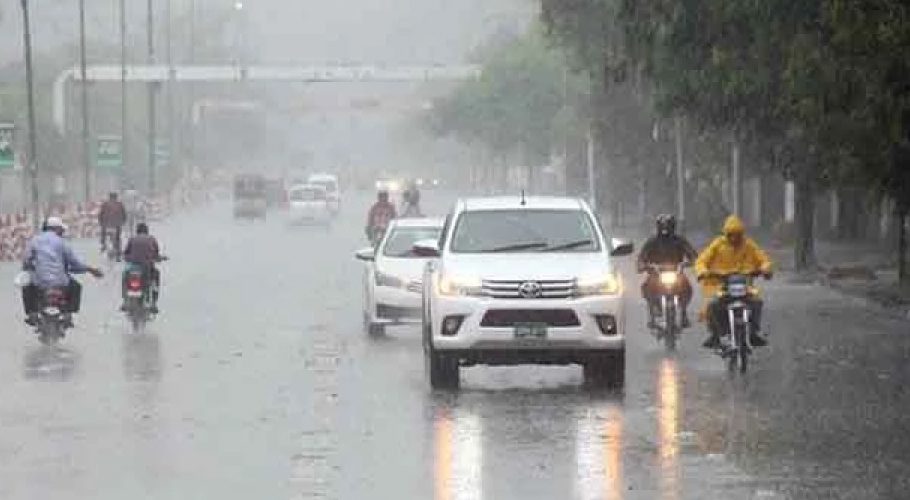Pakistan has been dealing with a challenging political environment. In the end, it is necessary to note a number of significant national and global events.
Pakistan Tehreek-e-Insaf, the nation’s former ruling party, said this week that it was in favor of the IMF agreement with Pakistan despite rejecting the pact earlier. So much so that, in a video that was leaked, Timur Jhagra, a former finance minister of Khyber Pakhtunkhwa, was instructed to inform the IMF in a letter that we will not abide by their requirements. The plan was to cancel the IMF deal and allow the country break its debt obligations.
Political parties should be commended for their commitment to the common good. Through its backing of the IMF agreement, PTI has benefited by making it apparent to the international community that general elections in Pakistan should be held on schedule, that they should be fair and transparent, and that democracy should remain in Pakistan. On the other side, it is also important to note that if the PTI had formed government following the next elections, their inability to support the IMF pact would have caused issues.
It is deemed necessary to analyze the political condition of the country to determine if it will be able to repay the loan or not, in accordance with the policies of the International Monetary Fund (IMF), which was founded 79 years ago in 1944. This is the reason other international organizations do not lend to a country when the IMF declines to lend to it, believing that the IMF has only declined to lend to them after a careful review.
Speaking of local politics, Karachi, the largest city in the country, is still regarded as the gold mine despite the fact that over the years, as more and more firms and industries left the city for a variety of reasons, its percentage of the country’s overall revenue fell from 75 to 80% to 60%.
The population of Karachi has increased from less than half a million in the 1950s to over 25 million today, making it impossible for the likes of Mortaza Wahab to address the city’s decade problems in two or three years. And much like the rest of the country, corruption here consumes the majority of the city’s budget.
In the city today, drainage and drinking water have fused. For the drainage of rainwater, there were roughly 400 tiny drains and about 40 large drains, but currently the bulk of them are clogged with debris. The prevalence of bribery in the city has led to the construction of tall buildings on nullahs by buying off the SBCA and other institutions. The city was transformed into a concrete jungle by the construction mafia.
KPT, Port Qasim, and Cantonment regions make up 60% of the city’s land area. Even if the whole country’s budget is spent on the city, the problems won’t be resolved in two or three years. However, with long-term planning, the problems can be gradually resolved. In 2020, there was 221mm of rain in Karachi. While the rains of last year caused fatalities, the monsoon of this year is already upon us.
Meanwhile, the international perspective is becoming optimistic for the country as the tripartite alliance of Pakistan, China and Iran has put India in a precarious position. The increasing warmth between the three neighbors does not appear to be making India particularly happy.
Indian concerns are understandable given that it is constructing a road and railway route from Iran’s Chabahar port with the goal of traveling via Afghanistan to reach Central Asia. However, to fully grasp India’s current geo-strategic significance, one must consider both the fact that India is a member of the Shanghai Cooperation Organization and the fact that the United States wishes to elevate India to a major regional power in order to rein in the rise of China.
As I’ve previously mentioned, the US and India have a number of defense treaties under which India is required to support and work with the US to contain China and advance US interests in the region by serving as the South Asian policeman.
China has good relations with most of the world including Israel. China is attempting to address the Palestinian issue through super diplomacy, while China’s mediation of the dispute between Iran and Saudi Arabia shocked the international community.
Chinese super diplomacy is shaping up major geopolitical changes in the region. America has the String of Alliance and China has the String of Pearls, which indicate that both superpowers are aligning themselves against one another. However, if we examine the Shanghai Cooperation Organization and the Economic Cooperation Organization in this regard, the power balance is tilted in China’s favor. In this perspective, the $3 trillion BRI project is crucial.
China-Pakistan Economic Corridor (CPEC) is one of the most vital components of the China’s BRI project. Afghanistan and Iran are also a part of CPEC. As a result, China’s geopolitical significance in the region is growing radically, and Pakistan has traditionally supported China. India’s concerns are understandable and evident under this circumstance.


























